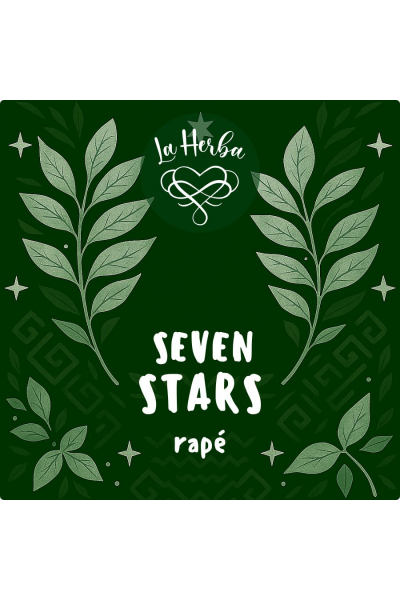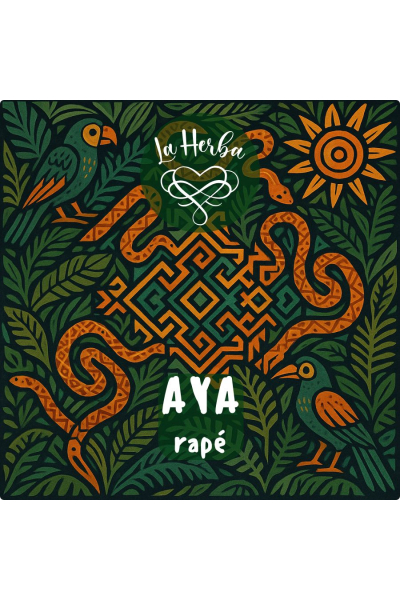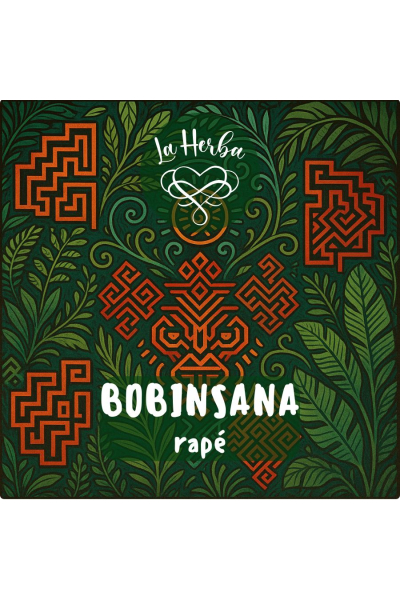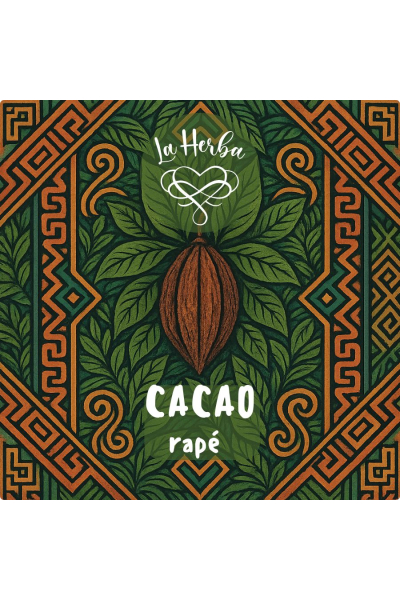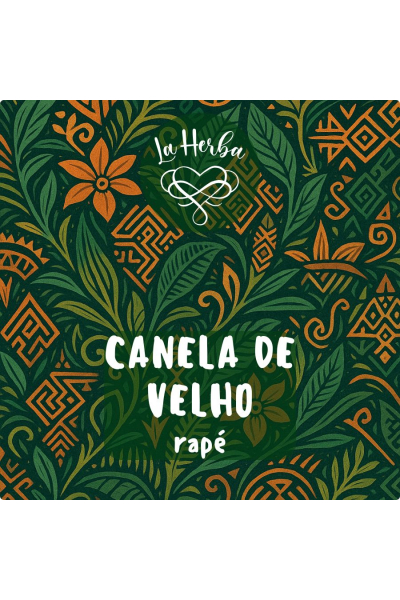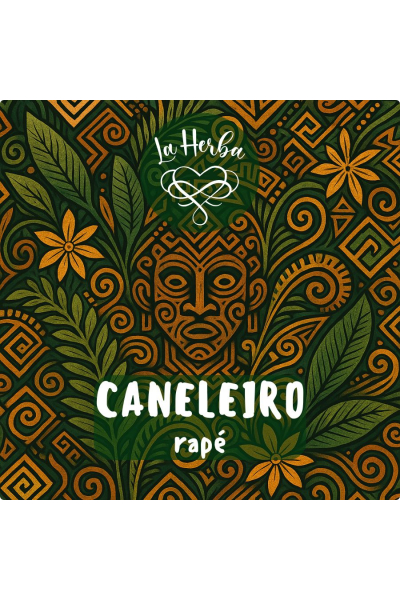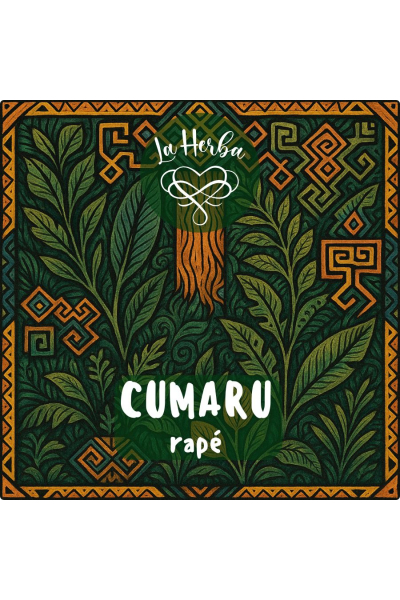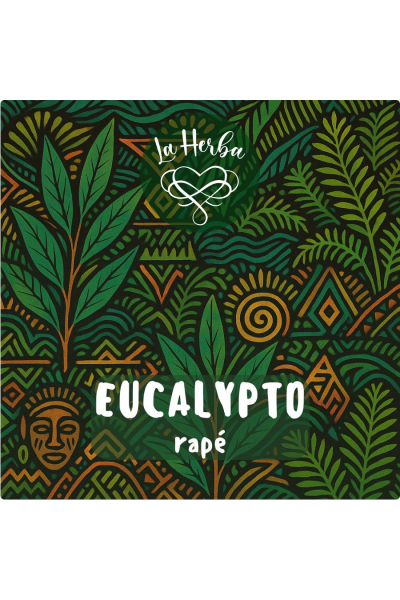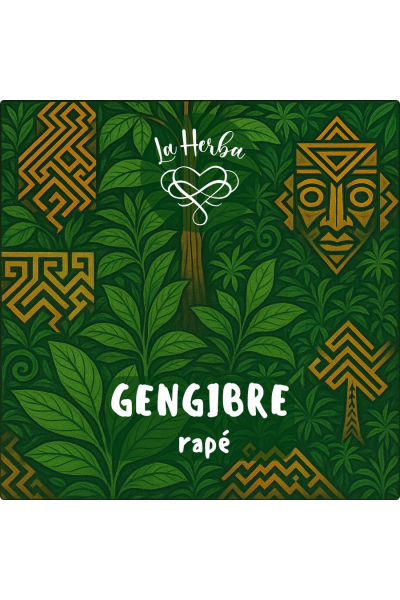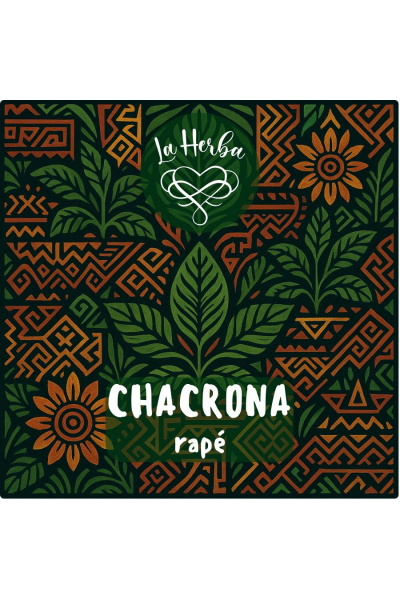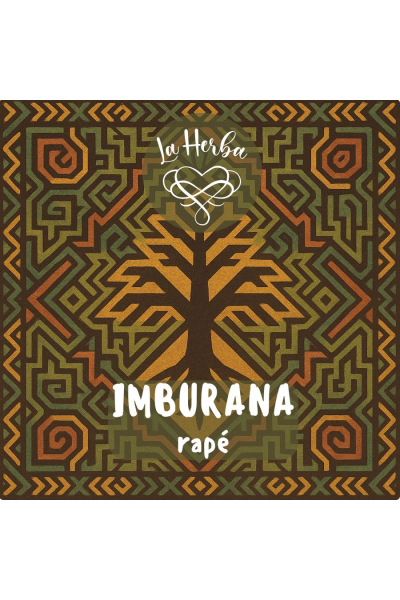
Rapé - Hapé - Rapeh
Authentic Rapé from Brazil
Fresh Rapé is now in stock!
We can deliver to you Hapé in aluminum jar or sachets — if you're interested, please mention your preference in the order notes at checkout.
ETHNOBOTANICAL SAMPLES.
NOT INTENDED FOR INTERNAL USE.
All products are sold solely as botanical samples with no explicit or implied claims regarding any specific purpose or use. They are simply raw botanical specimens or scientific samples.
All medicines come from indigenous people and are intentionally made with the wisdom, intentions and prayers of their humble shamans who want to continue living in harmony with our Pachamama.
We can send you Hapé also in aluminum jar or sachets — if you're interested, please mention it in the order notes at checkout.
We recycle the green bottles in which we send Rapé and use them a second time. You can send them back to us in larger quantities and we will give you a discount coupon for your next purchase. For more information, contact us at laherba@laherba.eu.
Thank you for trust and conexión <3
Frequently Asked Questions (FAQ)
What is Rapé, Hapé?
Rapé is a traditional medicine crafted by indigenous tribes in South America, mostly in Brazil also in Peru, Mexico or Columbia. Best Hapé in produced in Brazil.
Does Rapé go by other names?
Yes, Rapé is also called rapeh, hapé, hapeh, or ruma. More broadly, it is sometimes referred to as sacred to bacco or tribal snuff.
Who produces Rapé?
Typically, Rapé is made by the men of the tribe due to the demanding nature of its preparation. However, some exceptions exist, such as the Forca Feminina Rapé, which was created by women of the Yawanawá tribe.
How is Rapé prepared?
Rapé is made by finely grinding dried plant materials and tree ash into a superfine powder. The process requires significant physical effort and labor.
Does all Rapé contain to bac co?
No, certain varieties, such as the well-known Apurina Awiry or Mentol Rapé, are to bacco-free.
Is Rapé beneficial?
Rapé is believed to have lots of positive effects.
Are there risks associated with Rapé?
Since most Rapé blends contain nicotine, there is always a possibility of developing a dependence. It’s important to use it responsibly.
How long does Rapé remain potent?
When kept in an airtight container in a dry, dark, and cool environment, Rapé can maintain its quality for several months, in our experience max 1 year.
Who produces the finest Rapé?
The highest-quality Rapé is made by indigenous tribes and their students who follow traditional preparation methods. Their careful selection, drying, and processing of plants result in potent and spiritually significant blends.
What is the purpose of Rapé?
Rapé serves various purposes, often aimed at cleansing, improving focus, grounding, and fostering inner peace. It is commonly used as a spiritual tool for balance and well-being.
What does Panema mean, and how is it connected to Rapé?
Panema refers to a state of spiritual disharmony or negative energy. Rapé is believed to help clear this imbalance, restoring a sense of clarity and purification.
How is Rapé administered?
Rapé is applied using a Kuripe, a small, V-shaped pipe that allows the user to self-administer it by blowing the powder into their own nostrils.
How is Rapé given to someone else?
When administering Rapé to another person, a Tepi pipe is used. One end is placed in the recipient’s nostril while the other person forcefully blows the powder into their nasal passage.
Why do indigenous tribes say "Haux Haux" ?
Among the Kaxinawá people, the phrase "Haux Haux" roughly translates to "Let the healing come." It is spoken to welcome the effects of Rapé as a sacred medicine and to affirm truth and intention.
The information provided is purely for historical, scientific and educational purposes and should never be interpreted as recommendations for specific uses. Use and application of this product is at the sole discretion, responsibility and risk of the purchaser.


